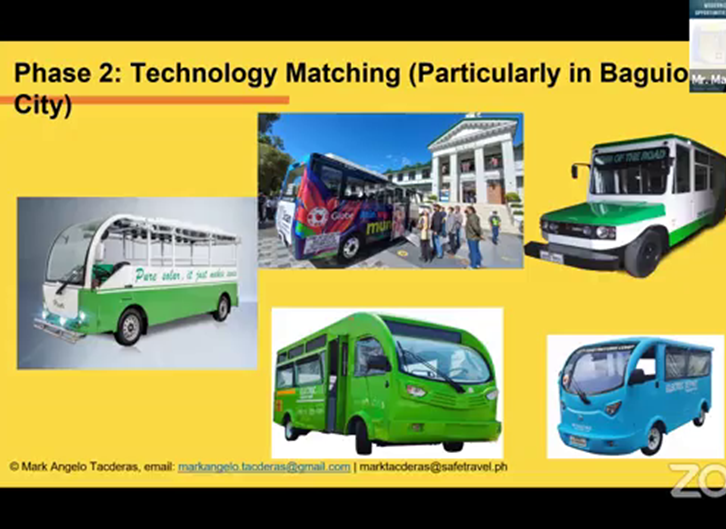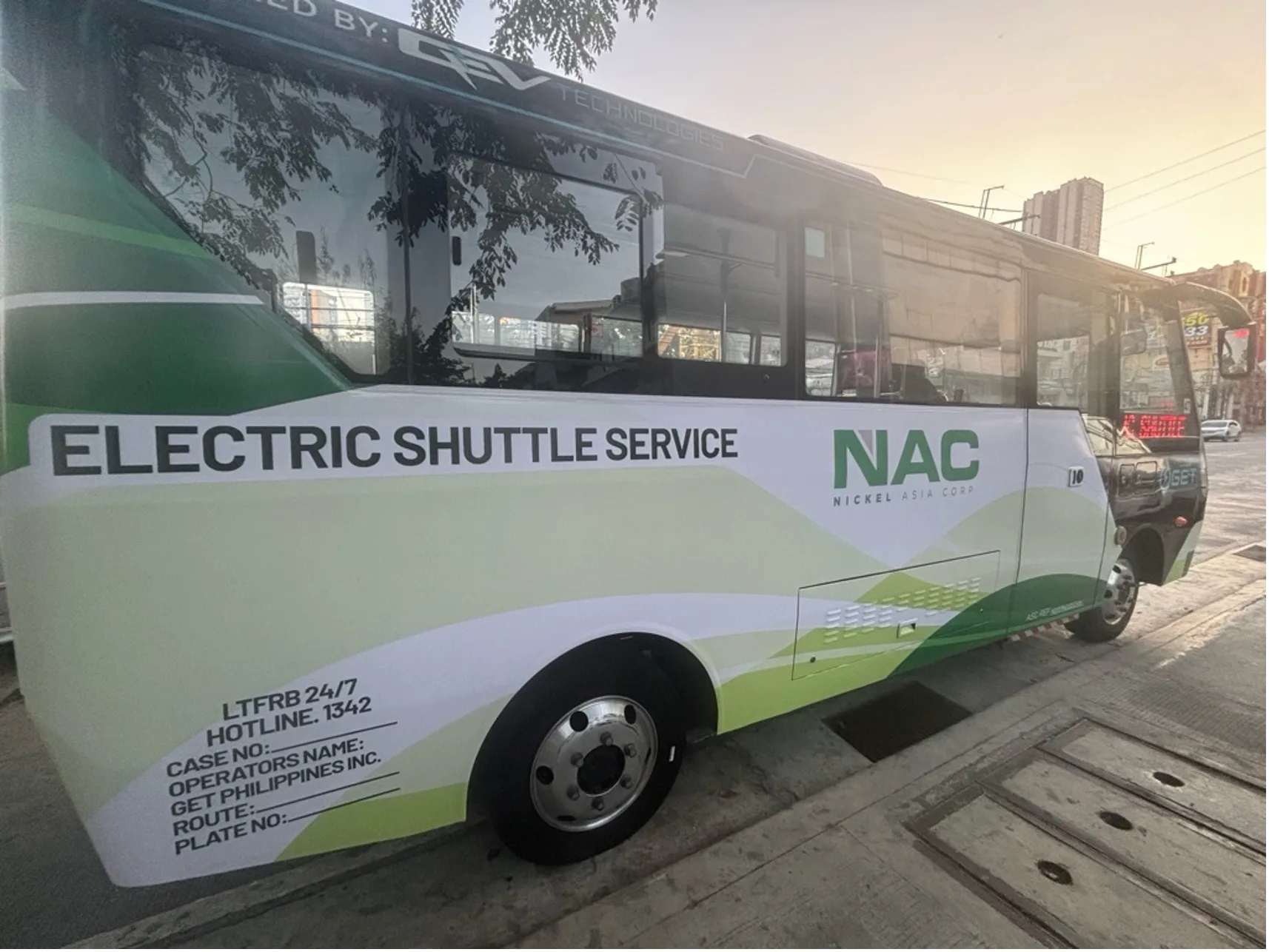Recognizing the Role of Transportation Advertising in Enhancing Brand Name Visibility and Consumer Involvement
Transit marketing has actually become an essential component in the advertising landscape, supplying unique chances for brand names to elevate their exposure and involve customers effectively. With the capability to get to a diverse and captive target market throughout their daily commutes, these marketing approaches are not merely about exposure; they are concerning developing meaningful connections with prospective customers. As we discover the diverse advantages and ingenious methods within transit marketing, it comes to be important to think about exactly how these components jointly affect customer assumption and actions, questioning about their long-term effect on brand loyalty.
Meaning of Transit Marketing
Transit marketing describes the technique of advertising products, services, or brand names via ads put in and around public transport systems. This kind of advertising and marketing includes a variety of placements, consisting of posters on trains and buses, digital displays at transportation stations, and covers on the outside of cars. It aims to get to a diverse audience, capitalizing on the high foot website traffic linked with public transit.
Transportation marketing is tactically positioned to record the focus of commuters, that usually invest significant time waiting or taking a trip. By integrating ads into the daily regimens of people, brands can develop a long lasting impression and foster brand name acknowledgment. The tool is especially effective in urban environments, where mass transit is a primary setting of travel.
Additionally, transportation marketing can facilitate local targeting, enabling businesses to get to certain demographics based on transportation courses and terminal locations. As city populations expand and making use of public transportation increases, this marketing method has actually gained importance as a vital part of integrated advertising and marketing techniques. The vibrant nature of transit advertising and marketing, integrated with its capacity to engage consumers in a restricted environment, underscores its value in contemporary marketing techniques.
Benefits of Transit Advertising And Marketing
The effectiveness of transit advertising and marketing hinges on its capability to supply a wide range of advantages to brands seeking to boost visibility and engagement. Among the primary advantages is the comprehensive reach it provides; transportation advertisements can properly target varied demographics throughout urban areas, reaching both pedestrians and travelers alike. This wide direct exposure significantly boosts brand name awareness.
One more advantage is the high frequency of perceptions. As transportation cars take a trip along recognized courses and stop at multiple locations, they create repetitive exposure that strengthens brand messages. This frequency promotes experience, which is critical in customer decision-making.
Transit advertising is likewise cost-efficient contrasted to various other media systems. Offered its large reach and capacity for high perceptions, brands typically experience a lower cost per thousand impressions (CPM), optimizing their advertising and marketing spending plan.
Additionally, transit ads can create a sense of area link. By lining up with local transit systems, brands can reverberate with local target markets and promote a sense of local pride. This localized technique improves brand loyalty and engagement, making transit advertising an engaging option for services aiming to strengthen their visibility in the market.

Efficient Methods for Transit Projects
To make the most of the impact of transit campaigns, brand names ought to leverage calculated planning and execution customized to their target audience. Initially, identifying the group qualities of the target market using public transit is crucial. This enables brand names to create tailored messaging that resonates with prospective consumers.
Next, picking the right transit mediums is vital. Whether using bus covers, subway posters, or digital displays, each tool has unique benefits that can enhance presence. As an example, vivid visuals on bus wraps can stand out, while electronic ads can be upgraded frequently to show timely promos.
Furthermore, incorporating a cohesive branding approach across transit systems ensures consistency and reinforces the brand's identification. Utilizing eye-catching designs and remarkable taglines will certainly reinforce brand name recall amongst commuters.
Lastly, timing is a crucial consider performing successful transportation campaigns. Introducing projects throughout peak travel hours or neighborhood occasions can considerably boost exposure and involvement. By using these techniques, brands can efficiently harness the capacity of transportation advertising and marketing, fostering greater understanding and link with their target market. Ultimately, a well-executed transportation project can drive substantial growth in brand visibility and consumer engagement.

Determining Impact and Involvement
In evaluating the effectiveness of transit ad campaign, accurate measurement of effect and involvement is important for brand names seeking to optimize their advertising and marketing methods. Metrics such as reach, frequency, and impacts offer foundational information to examine visibility. Assessing these elements aids identify how lots of possible consumers are subjected to the advertisements during their daily commutes.
Engagement can be more evaluated through consumer communications, such as web site traffic, social networks mentions, and direct feedbacks to calls-to-action featured in the advertisements. Using devices like QR codes or unique Links can facilitate tracking of customer actions directly linked to transit campaigns. Studies and comments mechanisms additionally offer as important approaches to gather qualitative data on customer assumptions and recall of the advertisement.
Additionally, progressed analytics and acknowledgment designs can associate transit exposure with subsequent investing in behavior, providing understandings right into the roi. By utilizing a thorough approach that combines qualitative and quantitative procedures, brand names can create a nuanced understanding of their transit marketing effect. Inevitably, this data-driven approach makes it possible for brands to refine their campaigns, ensuring they resonate successfully with target audiences and boost general brand name presence.
Instance Studies of Effective Projects
Effective transportation advertising and marketing projects act as engaging examples of exactly how effective methods can boost brand name exposure and engagement. Transit Advertising Philippines. One noteworthy case is the "I Love New york city" project, which changed the city's image and drew Learn More Here in millions of over at this website tourists. By utilizing metro advertisements, billboards, and bus wraps, the project produced a solid, natural brand name identity, resulting in a substantial uptick in tourist and regional business patronage
An additional excellent campaign is Coca-Cola's "Share a Coke" initiative, which leveraged transportation advertising and marketing to customize the brand experience. By including prominent names on promotional products across various transportation platforms, Coca-Cola fostered a much deeper emotional link with consumers, urging them to share their experiences on social networks.
Furthermore, the "Got Milk?" campaign properly used public transportation advertisements to reach a wide audience, strengthening the message of the significance of milk in a well balanced diet plan. The campaign saw a quantifiable boost in milk consumption in target demographics.
These study illustrate that when performed attentively, transit advertising and marketing can substantially enhance brand name exposure, foster consumer interaction, and drive quantifiable results, showing its vital function in modern-day marketing approaches. - Transit Advertising Philippines
Verdict
In conclusion, transit advertising serves as an important device for boosting brand name presence and cultivating customer involvement. Inevitably, the capability to determine interaction and assess effective instance researches emphasizes the efficiency of transit marketing in driving brand loyalty and customer interactions.
Transit advertising and marketing has actually arised as an essential aspect in the marketing helpful hints landscape, offering one-of-a-kind possibilities for brands to raise their visibility and involve customers efficiently.Additionally, transportation marketing can help with localized targeting, allowing businesses to get to certain demographics based on transit courses and terminal locations.In reviewing the efficiency of transportation marketing campaigns, precise measurement of influence and interaction is vital for brands looking for to optimize their marketing strategies.Effective transit advertising and marketing campaigns offer as compelling examples of just how effective approaches can raise brand name exposure and involvement.In final thought, transportation marketing offers as an important device for enhancing brand name visibility and promoting customer engagement.